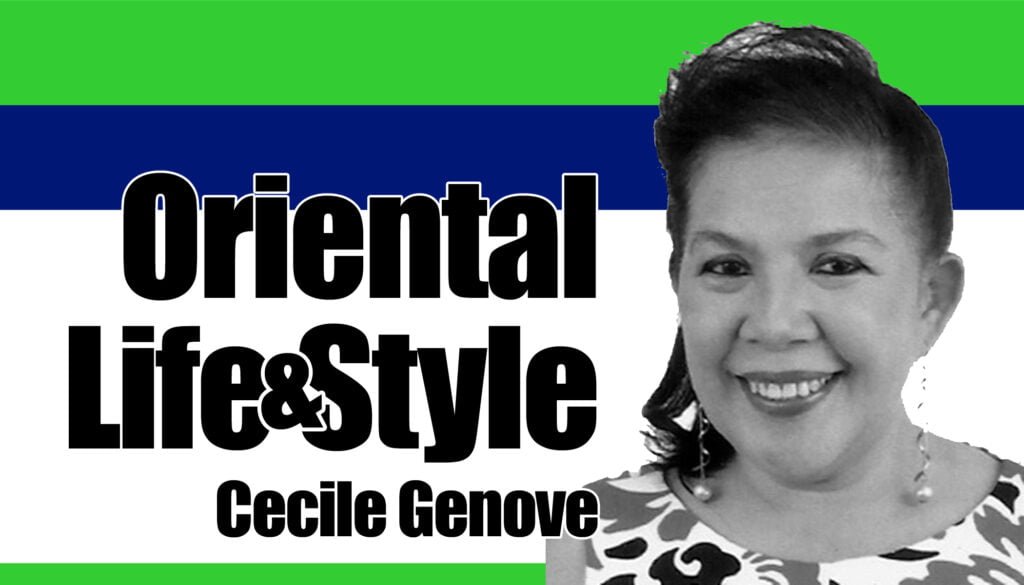
Upland fisherfolks in Janayjanay, San Jose, Negros Oriental harvested its first batch of tilapia fish which were farmed and bred in their own facility built through the help of the Department of Science and Technology (DOST) under its Community Empowerment Thru Science and Technology (CEST) Program.
The ceremonial harvesting of tilapia fish was held recently attended by DOST 7 officials and its partners, the Janayjanay Farmers Association (JFA) and the Negros Oriental State University (NORSU).
Other agencies present were the Department of the Environment and Natural Resources (DENR), local government unit of San Jose, and the Provincial Agriculturist Office.
DOST 7 provided the funds for the construction of fish pens for upland fisheries, while the NORSU Extension Office implemented it.
The JFA was the beneficiary of the project and was tasked to manage the said facility.
In his message, DOST 7 Regional Director Engr. Jesus Zamora expressed the agency’s continued support to the upland community in Janayjanay and its commitment to promote science and technology interventions to strengthen food security and people’s nutrition intake.
“Our dream is for you to increase your tilapia production and
sustain this project,” Zamora said.
In response, JFA president Eduardo Pegarum assured the other agencies involved that they will make this project sustainable.
“We will do our best in the coming days to improve this. We will take care of this since it has been given to us,” Pegarum said.
DOST Negros Oriental Information Officer-Designate Engr. Reinhold Jek Abing explained that CEST is a package of science and technology interventions that aims to build progressive, empowered, and resilient rural communities.
“The program is targeting to empower the poorest and most depressed communities in the country, via science and technology interventions in health and nutrition, water and sanitation, basic education and literacy, livelihood/economic enterprise development, and disaster risk reduction and climate change adaptation,” he added.
Moreover, DOST Negros Oriental turned over RX Box Telemedicine devices to five far-flung community hospitals in the province.
Luz Sikatuna Community Primary Hospital, Pacuan Community Primary Hospital, Nabilog Community Primary Hospital, Inapoy Community Hospital, and Dawis Community Primary Hospital each received one unit of RXBox from DOST which they can use to improve the delivery of health services in their respective communities.
The RXBoxes are capable of collecting data on blood pressure and temperature. It also has an oxymeter that can determine oxygen
saturation.
Aside from this, it can also be used as an ECG and maternal tocometer to check the status of contraction in the uterus for birthing mothers.
DOST Provincial Director Atty. Gilbert R. Arbon reaffirmed the agency’s support in providing quality health care to remote areas in the province through science and technology interventions.
“Our goal is simple: to help make health services more accessible to people in far-flung areas, especially pregnant women, children, and the elderly. Through telemedicine, we can do that,” Arbon said.
DOST PIO-Designate Abing added that RXboxes can also store data in an electronic medical record and are capable to transmit health information to clinical experts at the Philippine General Hospital for better interpretation.
The recipient hospitals are located in geographically and economically disadvantaged areas (GEDAs) in the province where availing of medical and health services and its high cost pose a big challenge for residents.
In Brgy. Inapoy, Mabinay, for example, it would take three hours for a patient to reach Dumaguete City if riding in a private vehicle, and longer if they take public transport.
A patient would also have to pay P200 for a habal-habal ride from Brgy. Inapoy to Mabinay proper and another P170 as fare for a bus ride from Mabinay to Dumaguete City.
This is on top of the medical expenses such as consultation fees and the long queues patients have to endure when seeking medical attention.
“Thanks to medical sensors in the box, RxBox can reduce the total cost of healthcare by enabling healthcare workers to diagnose, monitor, and treat patients within rural healthcare facilities,” Abing said.
Representatives from the said hospitals said the devices helped a lot in providing medical care to people in the hinterlands.
“Since we’ve received the RxBox, it has already helped us to a great extent. Being in one of the geographically and economically disadvantaged areas, the RxBox has provided us with more than enough data for our patients. We are able to promptly diagnose life-threatening cases and do the necessary and immediate interventions, thereby, saving more lives in far-flung areas,” said Dr. Wildredo Mata, Jr. of Luz-Sikatuna Community Provincial Hospital in Guihulngan City.
“Before the RxBox was given to us, ECG and CTG machines are not readily available in our facility. Now, it has helped us diagnose diseases and conditions more quickly, and proper management is made without delay. Adding to that, it also keeps records of vital signs and previous ECG and CTG readings that we can review in case the patient comes back,” said Dr. Laguerder of Dawis Community Primary Hospital in Bayawan City.
So far, DOST has already distributed 24 RxBoxes throughout the province. Fifteen were given to rural health centers, four to urban health
centers, and four to community primary hospitals. – NWI




